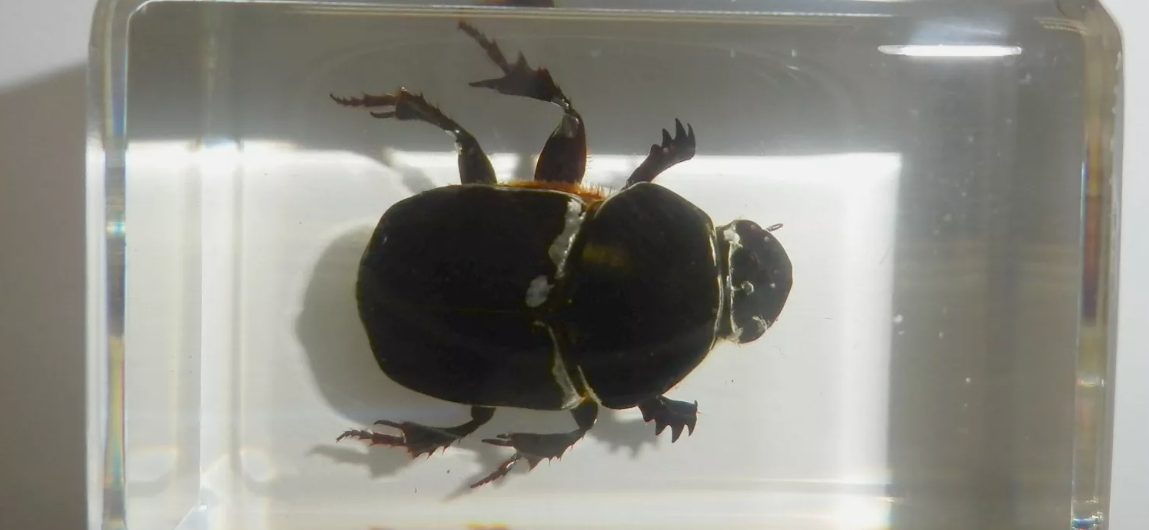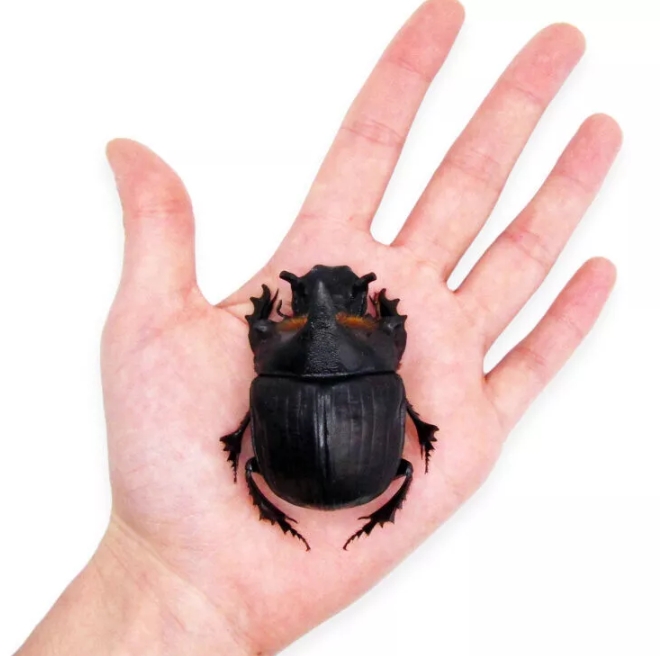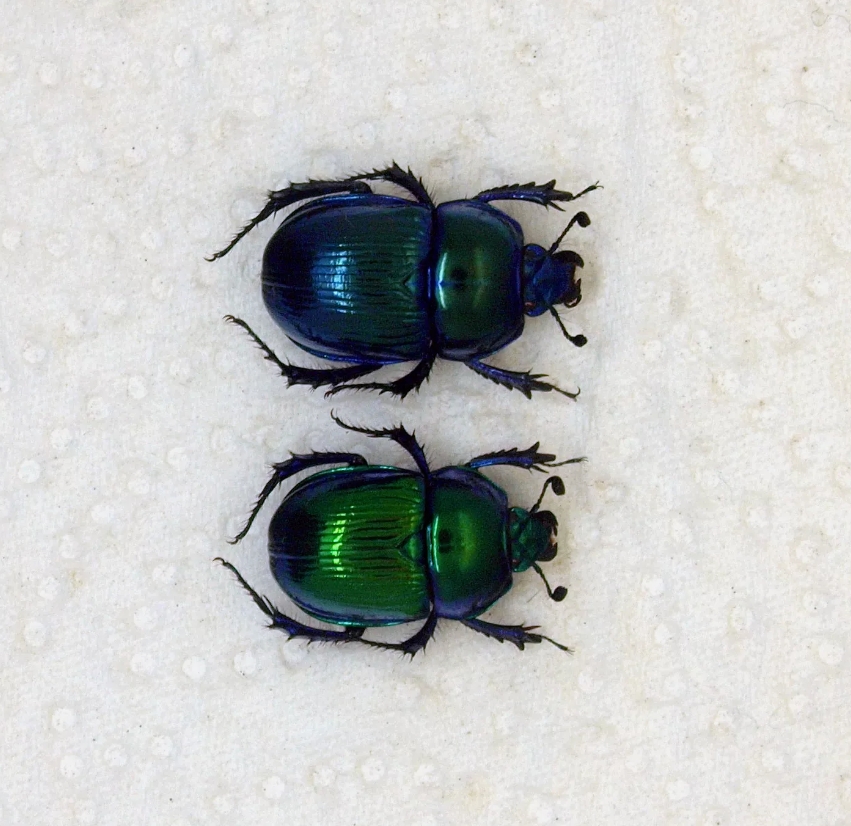Dung beetles, as a unique and important natural creature, are often referred to as "environmental scavengers". Their existence not only plays an indispensable role in natural ecology, but also can not be ignored in scientific research. Dung beetles feed on litter, animal dung and other organic matter, helping to break down and recycle these materials, making an important contribution to soil fertility and ecological balance.
The preparation and preservation of dung beetle specimens can provide vivid learning materials for researchers and enthusiasts. By observing these specimens, we can gain a deeper understanding of the external characteristics, living habits and ecological functions of dung beetles. Dung beetles are diverse in appearance, ranging in color from black to brown, and some have a metallic sheen. Their body size varies from species to species, and taxidermists often carefully classify and record them so that each specimen conveys its own unique ecological message.
The process of preparing a dung beetle requires meticulous manual skills. The carcass is first collected and cleaned to remove surface dirt and microorganisms. It is then treated by boiling or soaking in a preservative to ensure its long-term preservation. After that, it is placed in a specimen box, fixed with a needle, and the relevant label is added to record the type, time and place of collection information. These specimens can not only be used for teaching, but also provide basic data for research in areas such as ecosystems and species diversity.
Dung beetles are not only biologically interesting,but also culturally symbolic. In some cultures,dung beetles are seen as a symbol of change and regeneration,representing the cycle of nature and the resilience of life. Through the observation and study of dung beetle specimens,people can not only understand their biological characteristics,but also experience the wonder and complexity of nature.




